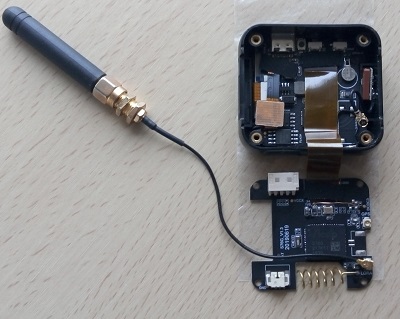I have LMIC which runs entirely inside the S76G-based T-Watch daughterboard (on it’s STM32L073 MCU) as a part of my SoftRF port on STM32 platform.
But this topic is out of scopes for this ESP32 thread.

I have LMIC which runs entirely inside the S76G-based T-Watch daughterboard (on it’s STM32L073 MCU) as a part of my SoftRF port on STM32 platform.
But this topic is out of scopes for this ESP32 thread.
